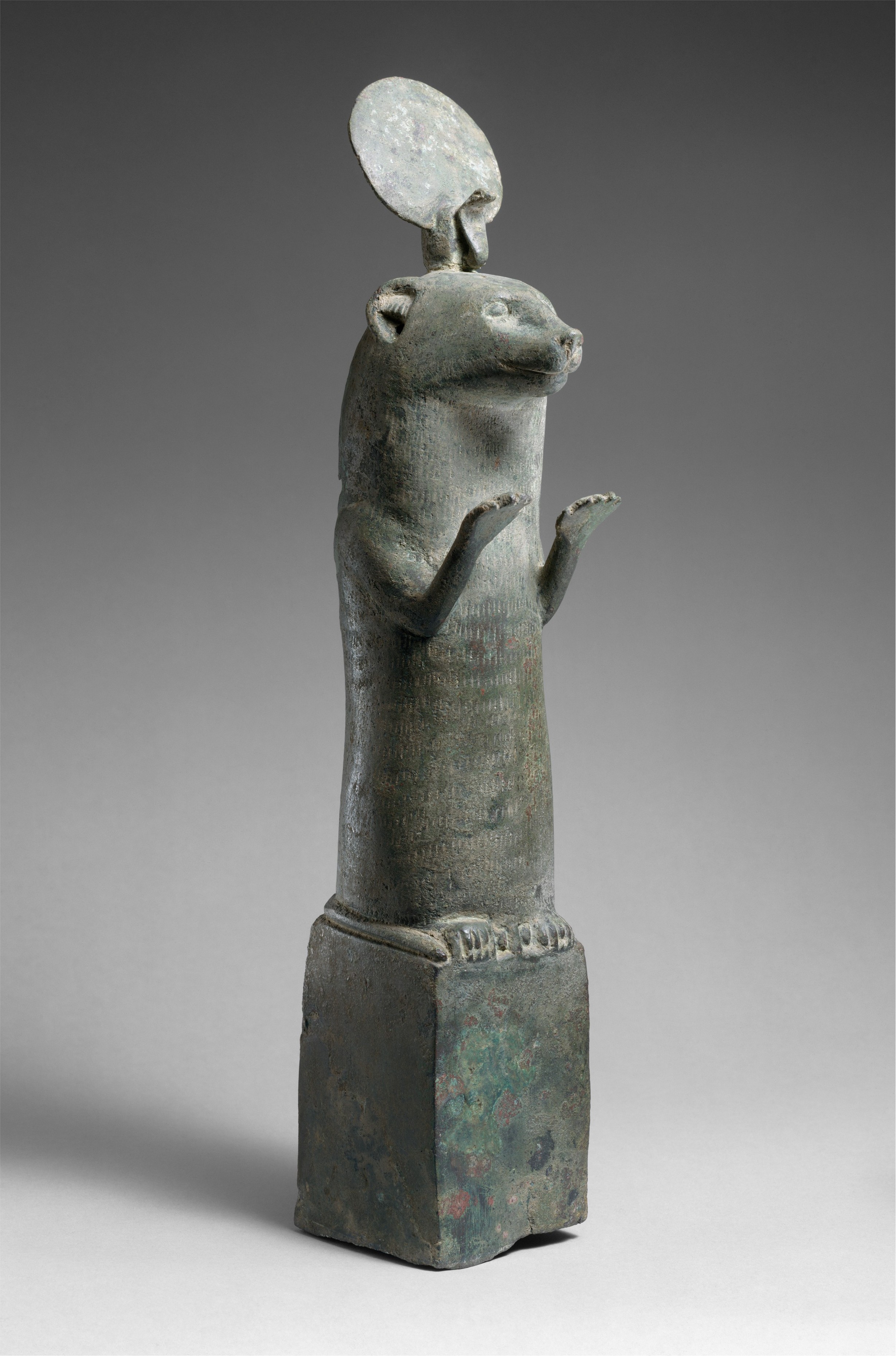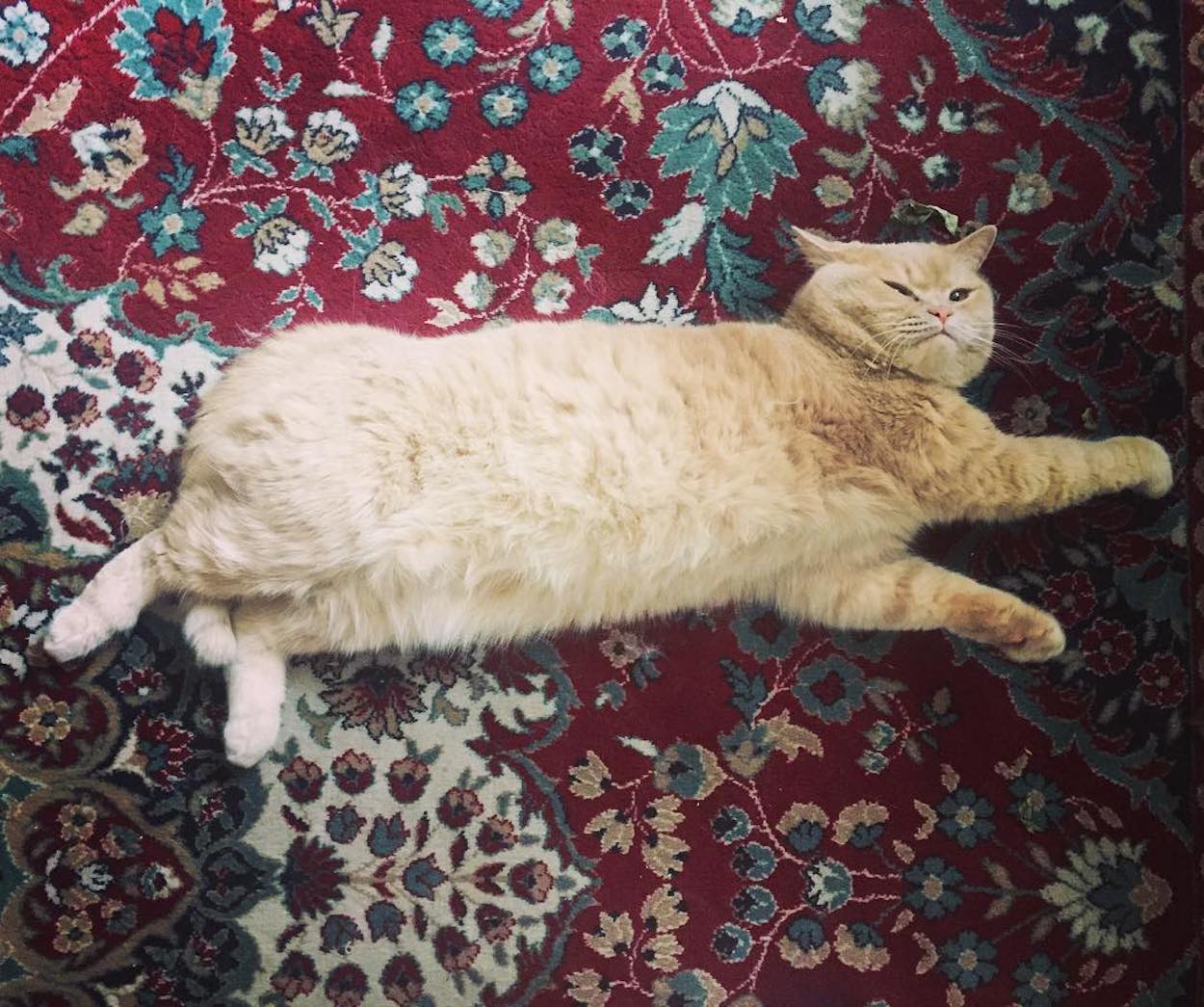During the Late Period and Ptolemaic era in ancient Egypt, mongooses were depicted in bronze statuettes like this one, often shown standing with their forepaws raised atop small bronze boxes. This pose symbolizes the animal’s reverence for the sun god as he rises in the morning. In any case, the mongoose was considered divine because of its ability to kill dangerous snakes. In mythology, these cute animals were closely associated with Wadjet, the goddess of Lower Egypt, whose cult was based in Buto in the northern Delta.
Some scholars suggest that these figures may represent otters rather than mongooses. Well, it is not for us to decide, although we must admit—it is such a lovely sculpture!
Have a great Thursday, everyone! Be careful of snakes!
P.S. This charming sculpture didn’t make it into our Animals 50 Postcards Set but don’t worry—you’ll find another iconic photograph of an animal sculpture waiting for you inside! :)
P.P.S. Many animals appeared in Egyptian art but there's one that held a special significance. It appeared in domestic figurines as well as grand temples. It was even mummified! Can you guess which one? Click here to find out!


 Unknown Artist
Unknown Artist